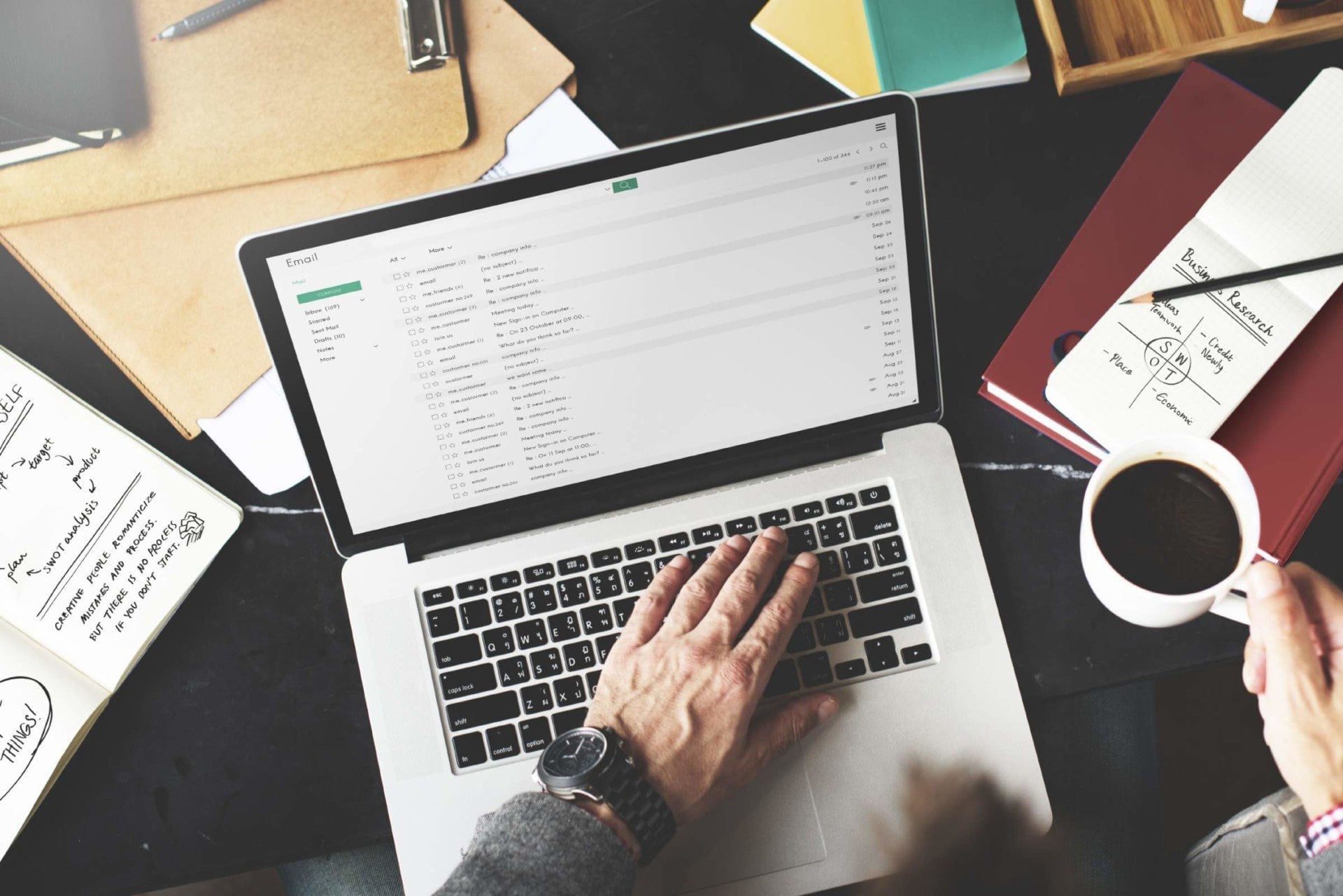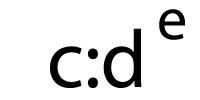Source: ReturnPath

Curious how both Gmail and subscribers classify your email? Looking to better understand subscriber engagement? We’ve got you covered. Return Path is excited to announce our new Gmail Categorization feature is now available for customers to begin using in Inbox Monitor.
Based on actual subscriber data, Gmail Categorization:
- Lets you know how your email is being categorized within Gmail (Primary, Promotional, Social, Updates, or Forums).
- Allows you to better understand how subscribers are reading your emails, and how you should adjust your campaign strategy to ensure your emails are reaching maximum engagement.
- Categorizes every email regardless of whether Gmail users have their tabs turned on, or if the email was filtered into the spam folder. This means Inbox Monitor shows you Gmail Categorization data even if subscribers have their tabs turned off.
Here are few different ways you can use Gmail Categories data in Inbox Monitor to drive your marketing strategies:
Ensure your email messages are being categorized correctly
- Subscribers typically expect booking emails, shipping confirmation, welcome messages, and event invites to be categorized as Updates. When transactional emails, such as an update on a pending purchased, are categorized as Promotional, they may easily be overlooked.
- As the first interaction new subscribers have with your email program, it is important to see how your welcome messages are being classified. Welcome messages include information that is meant to inform subscribers that they will be receiving your emails, and subscribers are more likely to expect and interact with these messages when placed in the Updates tab. You can test different methods of changing your email sender address and content to encourage more of your welcome messages to be categorized as Updates.
Identify how subscribers and mailbox providers view your content
Tracking the category placement of each campaign and measuring it against placement of past campaigns, allows you to discover how subscribers—and later mailbox providers—view your content. Similar to how your placement in the inbox or spam folder can change based on subscribers selecting “this is spam” or “this is not spam,” when subscribers move your content from one tab to another, mailbox providers use this feedback to deliver your content to the tabs subscribers prefer.
Understand categorization differences for your subscribers across the same campaign
If you notice your campaign is being categorized across multiple categories, it may mean your subscribers expect your email to be classified differently than how it appears in their inbox. Gmail has provided specific tactics for updating email to land in the right category in its Bulk Sender Guidelines.
Armed with this information, you can better understand how subscribers are reading your emails, and how you should adjust your campaign strategy to ensure your emails are being treated appropriately for maximum engagement.
Our Return Path team is always happy to talk you through additional options for improving Gmail reader engagement and invite you to share how you are using your own gmail categorization strategies in the comments below!

![Gmail Categories: Where Are Your Emails Landing? [New Product Feature]](https://commondenominator.email/wp-content/uploads/2016/12/Email-Inbox.jpg)